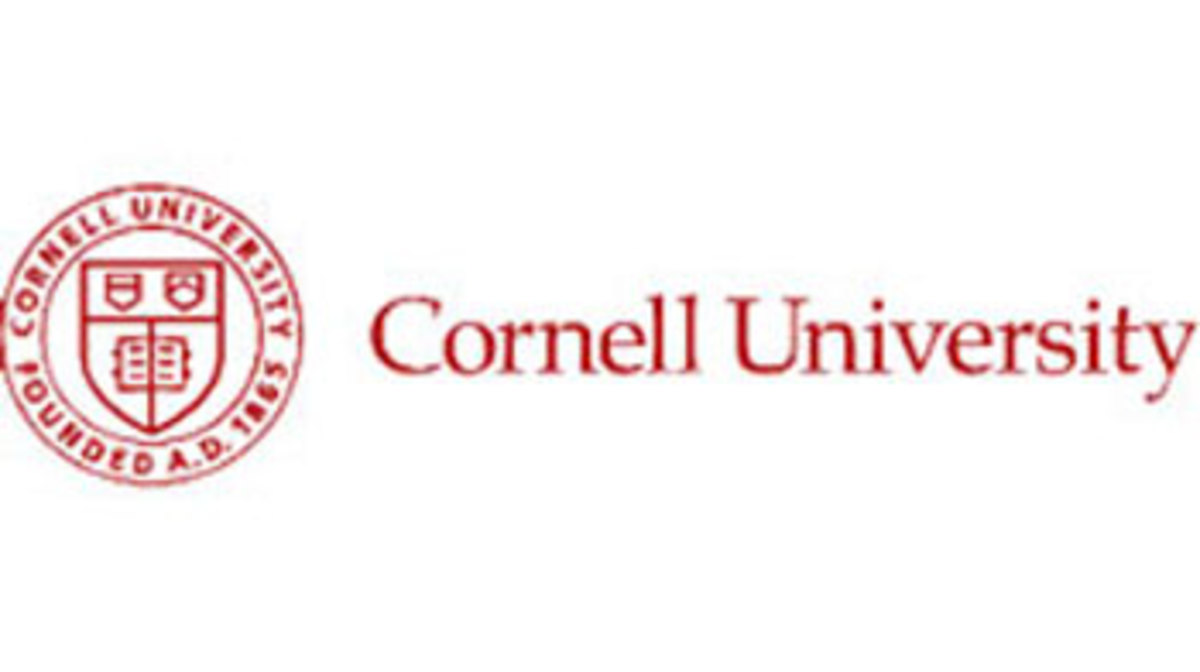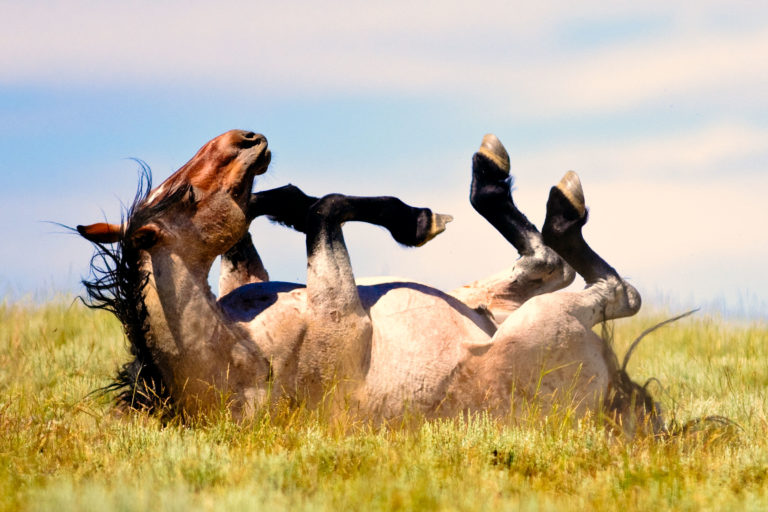
The Scoop From the Schools is a blog that brings news and information from vet schools and equine research facilities to those involved in the equine veterinary industry. This month we feature news from Colorado State University, Cornell University and Iowa State University.

The Scoop From the Schools
is brought to you by Hilltop Bio.
The Fox in the Hen House: Researchers Hunt West Nile Virus in Novel Locations

West Nile virus cases in the western part of the country, Colorado in particular, have surged this year, putting both horses and humans at risk of infection. Experts say that monitoring the virus in the community will help identify “hot spots” where public health specialists can direct their efforts to the control spread of this disease. Instead of collecting mosquitoes and testing them in a laboratory to see if they harbor the virus, scientists are now using eggs from backyard chickens to locate the virus and identify these hot spots.
Birds, as we know, are the natural host and reservoir for West Nile virus. Infections spill over from bird populations to humans and horses via mosquito bites.
As described in a press release from Colorado State University, Angela Bosco-Lauth, DVM, PhD, an assistant professor in the College of Veterinary Medicine and Biomedical Sciences, is now isolating West Nile virus antibodies from egg yolks. Bosco-Lauth’s neighbors generously donate eggs from their backyard flocks for analysis to see which birds were exposed to the virus.
To date, Bosco-Lauth reported testing more than 100 eggs donated from the community. Of those, only seven eggs confirmed West Nile virus exposures that likely occurred in 2020.
“The cases were all over the place this year, which is interesting in itself, but we were not able to identify any major hotspots,” said Bosco-Lauth. “Next year, we’ll collect more eggs with a wider reach, and that might help pinpoint high-risk areas for the virus.”
This research is part of a larger project spearheaded by Sue VandeWoude, DVM, University Distinguished Professor and director of Colorado State University’s One Health institute involving seven separate laboratories.
VandeWoude said, “The goal of this research is to help the city ultimately become less reliant on mosquito spraying as one tool to decrease West Nile virus risk for people. Identifying hot spots will also identify at-risk horses so owners can maximize their strategies for mitigating risk of infection.”
Luckily, the COVID pandemic prompted an unpredicted popularity in backyard poultry flocks (“COVID cluckers”), meaning Bosco-Lauth will likely have few concerns regarding future egg shortages. I can personally attest based on my own backyard flock (started then subsequently abandoned by my daughters), the egg supply is unrelenting.
Mares’ Mending Mammaries

Compared to other species, horses developing cancer infrequently. When they do, the most common types affect the integumentary system: melanoma, squamous cell carcinoma and sarcoids. Mammary tumors are exceedingly rare in mares.
According to a press release by Cornell University, PhD candidate Arianna Bartlett said, “Since the early 1900s, there are only around 10 reported cases of equine mammary cancer in spite of the fact that horses live a long time and cancer is generally a disease of aging.”
In contrast, humans and cats are no strangers to the devastating effects of breast cancer. Why some species are more prone to certain tumors than others remains a mystery that Bartlett is hoping to help solve.
“Horse cells have this super robust response to dimethylbenz(a)anthracene (DMBA), an agent known to induce mammary cancer,” said Bartlett. “Basically, the cells die in response to the DNA damage induced by DMBA. If the cells are gone, then they can’t accumulate mutations to become a cancerous cell in the future. In contrast, the cat cells repair the carcinogen-induced damage, and so the cells stay alive. But if this repair is not perfect, it allows for mutations that can eventually lead to mammary cancer arising” Bartlett was interviews by Cornell University writer KeShonna Jackson for that release.
Bartlett’s current research focuses specifically on microRNAs (miRNAs) that play a role in mammary cancer when exposed to DMBA.
“miRNAs are small non-coding RNAs, about 22 nucleotides long, which primarily function to post-transcriptionally regulate gene expression,” said Bartlett. “In addition to having essential functions in development and homeostasis, miRNAs have well-established roles in cancer, where they may be involved in the prevention or progression of the disease as their expression is lost or becomes aberrant, respectively.”
According to Bartlett, miR-21 in humans acts as a proto-oncogene, whereas a loss of miR-34 expression is associated with increased metastasis. A study in canine mammary cancer showed differentially expressed miRNAs between metastatic and non-metastatic tumors. In contrast, information on the role of miRNAs in feline mammary cancer is very scarce. Moreover, miRNAs can function as clinical biomarkers for diagnosis, prognosis and monitoring treatment responses in cancer. So, identifying feline miRNAs that fulfill these roles can be used to better prevent and treat feline mammary cancer.
“My preliminary data revealed that feline microRNA expression does not change when specific mammary-derived cells called mammosphere-derived epithelial cells (MDECs) are exposed to DMBA, a mammary carcinoma-inducing carcinogen,” she said. “However, equine MDECs show around 50 significantly differentially expressed microRNAs after DMBA exposure, and horses have a very low incidence of mammary cancer.”
The next step in Bartlett’s research is to functionally follow up with a subset of these differentially expressed microRNAs in feline MDECs and mammary “organoids” to see if she can induce a “horse-like” response after exposure to the carcinogen DMBA by altering their expression in feline cells.
This type of research might ultimately find ways to help treat—or better yet, prevent—mammary tumors in women and other species with a high incidence of this devastating disease.
Change of Pace for Melissa Esser

Iowa State University’s College of Veterinary Medicine announced earlier this month that Melissa Esser, DACVIM, DVM, MS, will soon be joining the school’s faculty.
Esser is no stranger to being on the move. A 2008 graduate from Oregon State University’s College of Veterinary medicine, Esser completed an internship at Littleton Equine Medical Center in Colorado, followed by an internal medicine fellowship at Hagyard Equine Medical Institute in Kentucky. She subsequently returned to Oregon State University, completing an internal medicine residency and earning a master’s degree. Esser was then board certified in internal medicine and became a member of the large animal internal medicine faculty at the University of Minnesota before accepting the position of assistant professor in large animal clinical sciences at Michigan State University’s College of Veterinary Medicine in 2016. Esser’s interests include gastrointestinal disease, neonatology, cardiology, exercise physiology and endurance exercise.

The Scoop From the Schools
is brought to you by Hilltop Bio.








